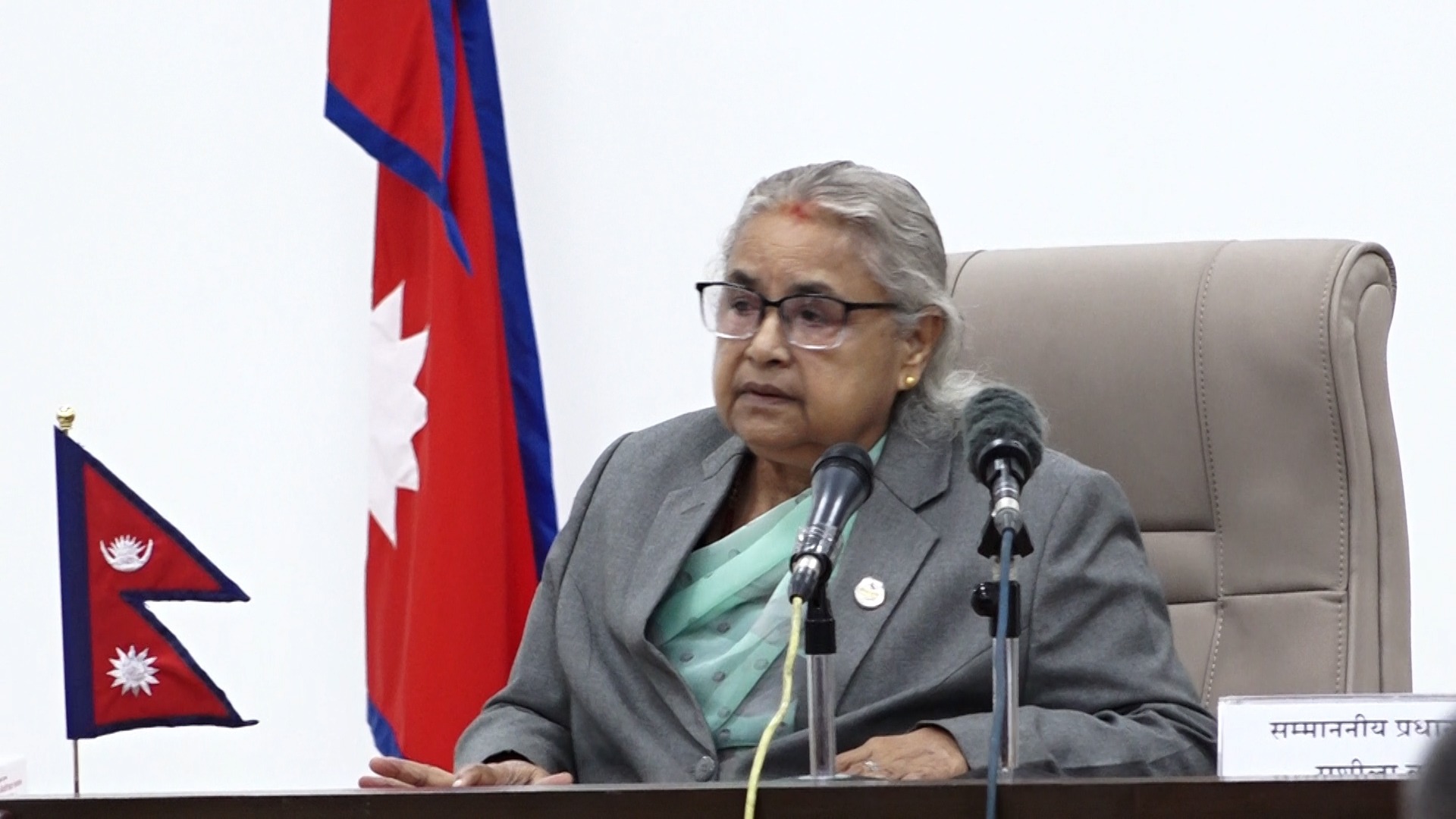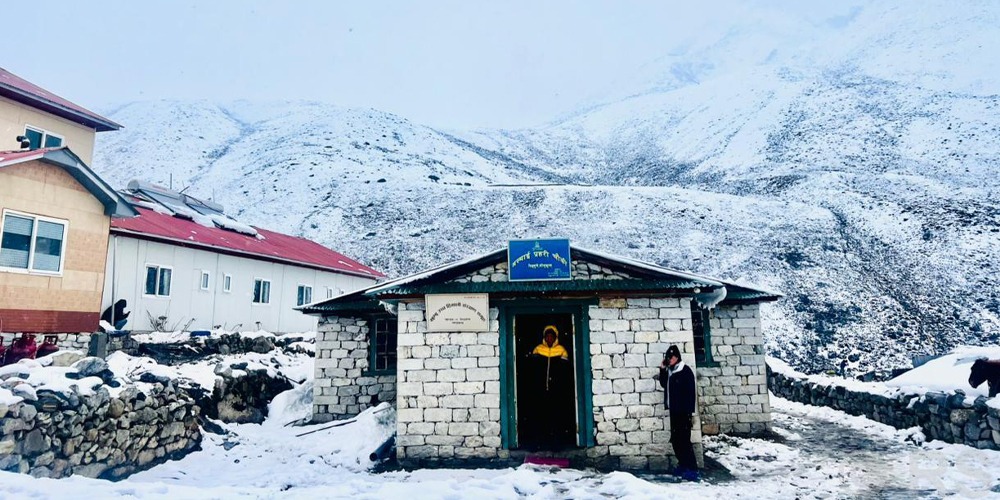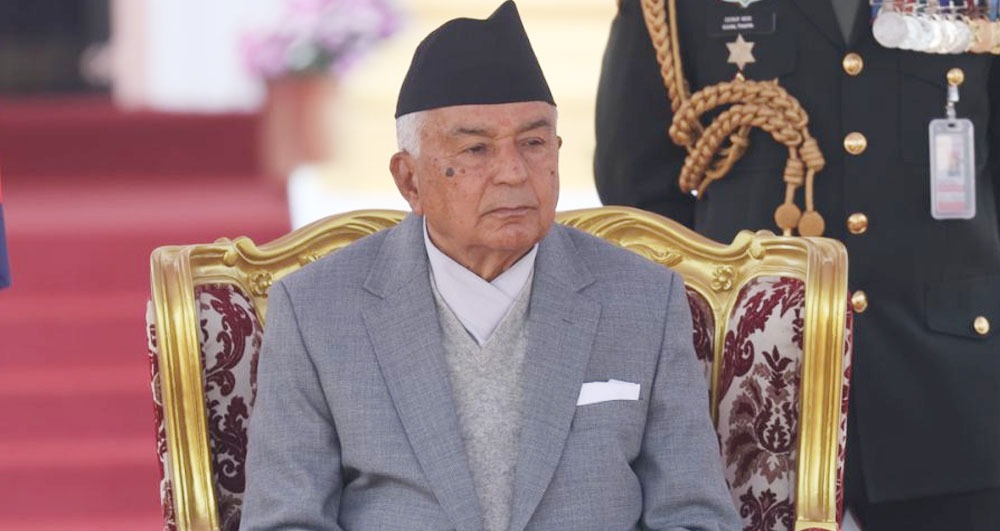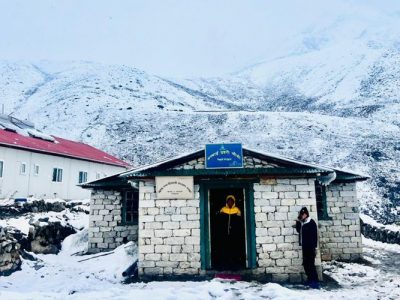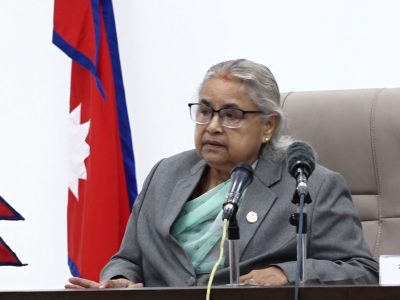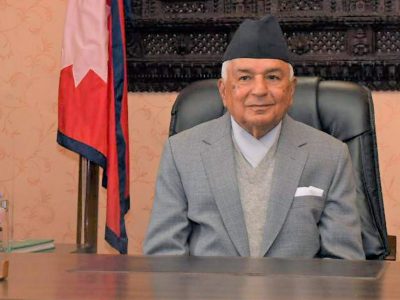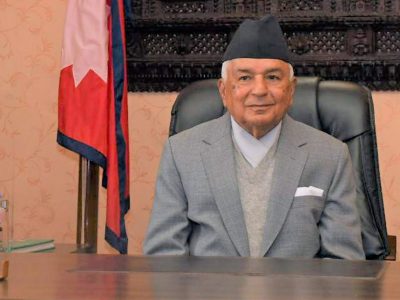Terrain Warning switched off in Tara Air Crash; Investigators submit final report
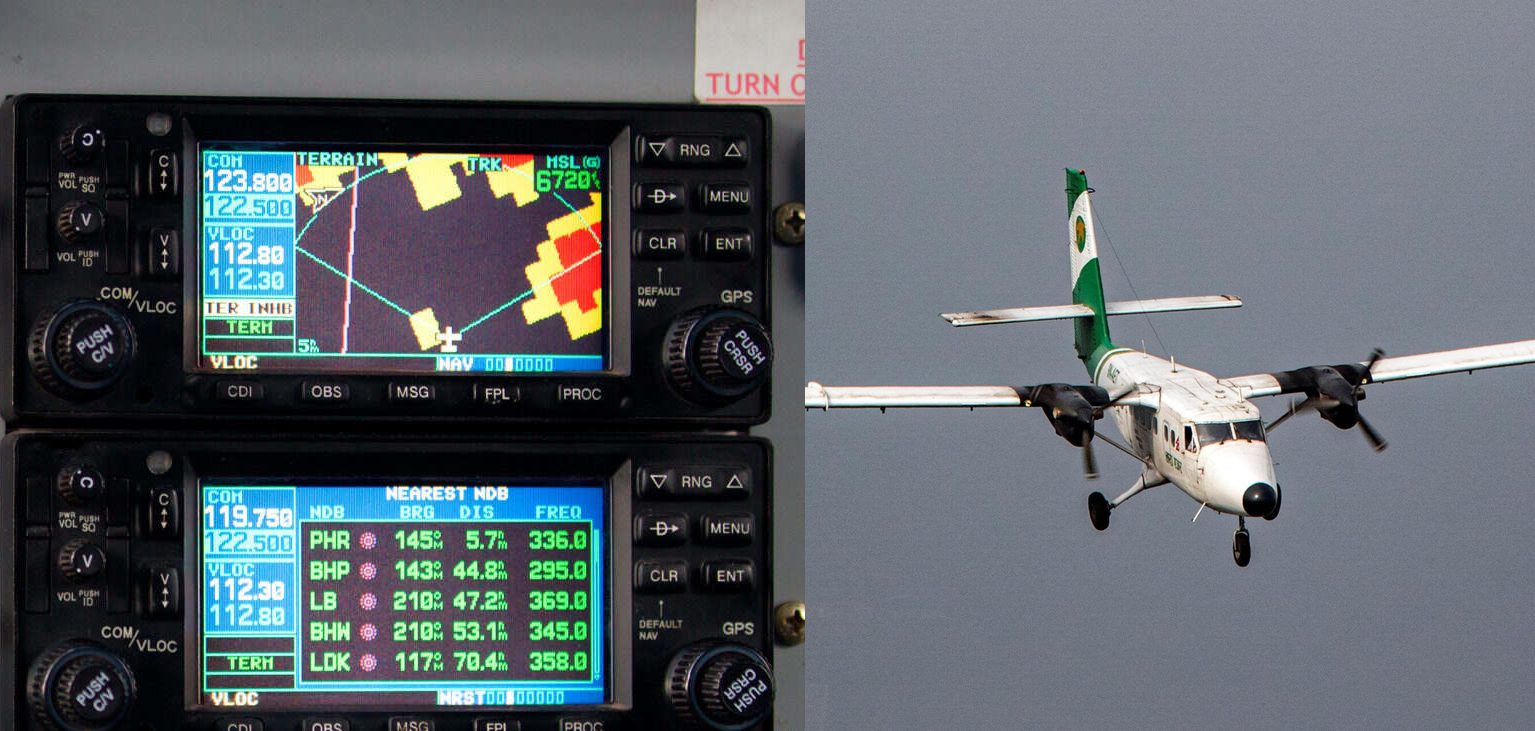
Kathmandu, February 23. The special inquiry commission tasked with investigating the TARA Air Crash has submitted its final report on the causes of the tragic incident that took place on May 29, 2022 in Mustang.
The report indicates that the pilot crew failed to properly operate the Terrain Avoidance and Warning System (TAWS) system fitted in the aircraft, which caused the twin otter flight to hit a mountain.
“The TAWS system remained closed in the aircraft. The pilot-in-command did not know how close he was with the terrain as he was flying in bad weather… The flying pilot lost situational awareness and hit the mountain,” the Commission said.
TAWS
Terrain Avoidance and Warning System is an onboard cockpit system, a safety net that automatically warns pilots when their aircraft is in potentially hazardous proximity to terrain.
TAWS uses the digital elevation data and flight’s instrumental values and predicts if a likely future position of the aircraft intersects with the ground. The flight crew is then provided information on “earlier aural and visual warning of impending terrain” and the required landing configurations.
In 2007, the International Air Transport Association conducted a study on the utilization of TAWS. The researchers examined 51 air incidents and discovered that 47% of the time, pilots did not react to TAWS warnings appropriately.
Tara Air Tragedy
A turboprop Twin Otter (callsign: 9N-AET) flight of Tara Air scheduled to fly from Pokhara to Jomsom went missing on May 29, 2022.
The plane was carrying 22 passengers, which included 16 Nepalis, 4 Indians, and 2 Germans.
The flight took off at 9:55 am and went contactless at 10:11 am. Search operations were started immediately but were halted due to bad weather.
A day after the incident, a group of local Yarsagumba pickers spotted the wreckage of the missing Tara Air flight at Patake Lake in Thasang Rural Municipality. Municipal chairperson Pradeep Gauchan informed reporters that Yarsa picker Sumit Gauchan had shared images of the shattered pieces of the flight. He further mentioned that the crash site was at the base of Manapathi Mountain.
A joint team of about 100 security personnel and local residents hiked to the Manapathi mountain and worked on recovering the dead bodies. All 22 bodies were brought to Kathmandu by a Nepali Army helicopter.
The bodies were handed over to the bereaved families, after postmortem examination in the autopsy facility of Tribhuvan University Teaching Hospital, Maharajgunj.
Investigative Commission
Shortly after the incident, a special investigative commission was established under the direction of Ratish Chandra Lal Suman, the former director general of the Civil Aviation Authority of Nepal (CAAN).
The members of the commission were Captain Dipu Jwarchan, Senior Maintenance Engineer Upendra Lal Shrestha, Senior Meteorologist Mani Ratna Shakya, and Member-Secretary Buddhi Sagar Lamichhane.
Facebook Comment
latest Video
Trending News
- This Week
- This Month



